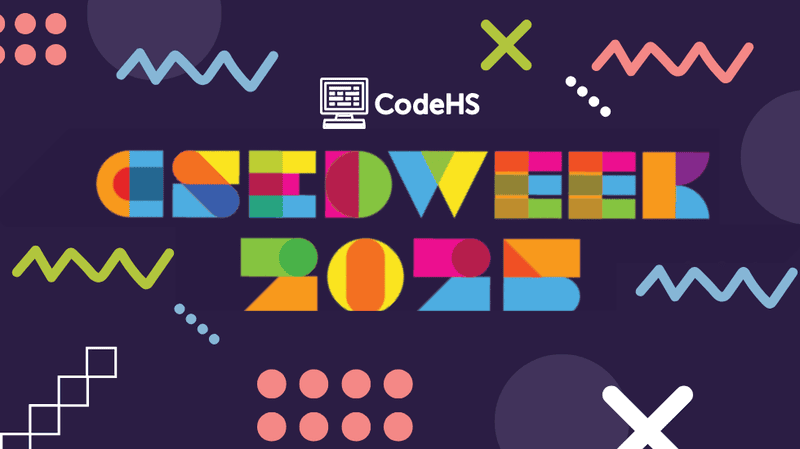Agent-based Modeling & How It’s Used
By Andy Bayer, CodeHS Engineer
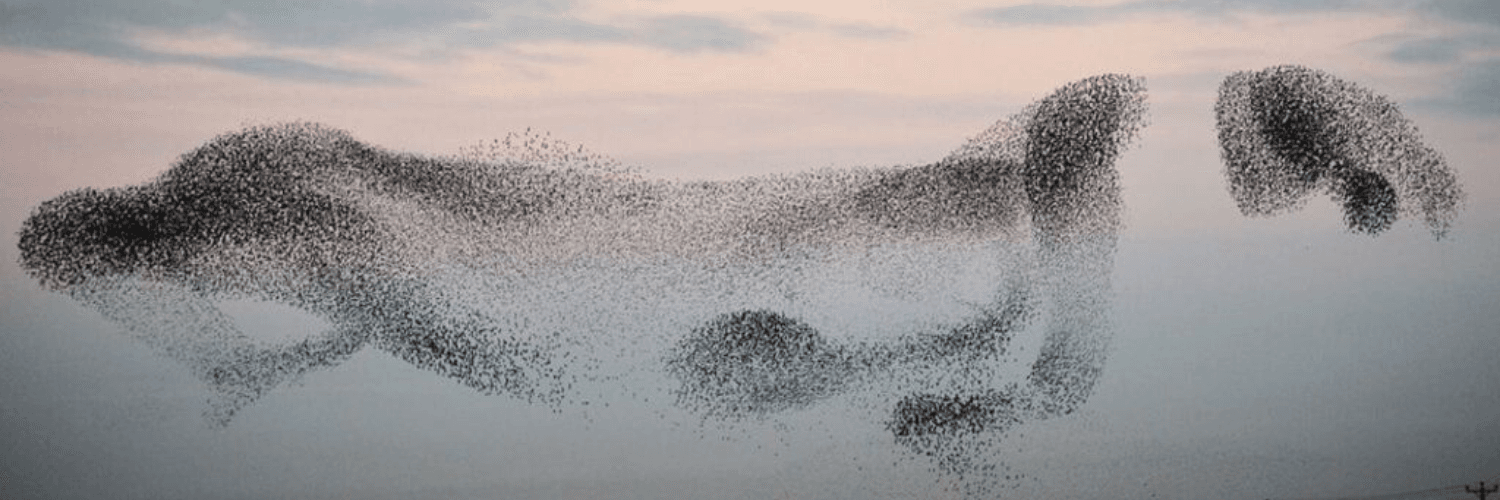
Agent-based modeling is a way scientists can model large, complicated systems by defining the rules for the individuals in those systems. Something complex like the movements of a flock of birds (this type of flight pattern is called “murmuration”) can be programmed by writing a few simple rules for each bird.
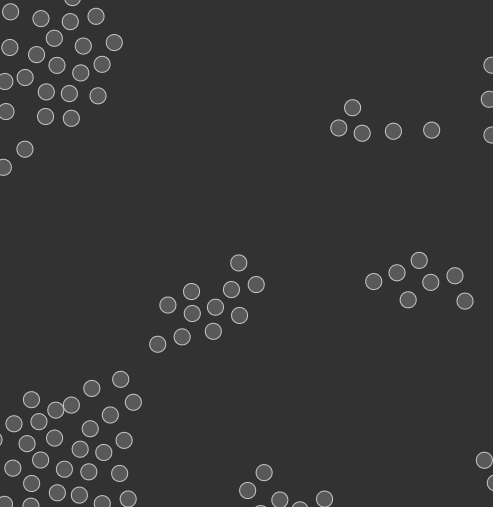
Agent-based modeling has been recently useful for modeling the spread of coronavirus, such as in this insightful simulation published in The Washington Post. You can create similar, simple agent-based models called “cellular automata” in CodeHS using just a few simple computer science techniques! Cellular Automata may sound like a complicated term from bio, but it’s really a simple way to model real-world behavior, where individual cells follow a set of rules and only change according to their neighbor cells that directly surround it.
So, how can we create agent-based models in CodeHS? Que Karel, below Karel demonstrates Langton’s Ant*, a seemingly simple cellular automaton with only two rules that creates intricate patterns. View the full Karel version of Langton’s Ant here.
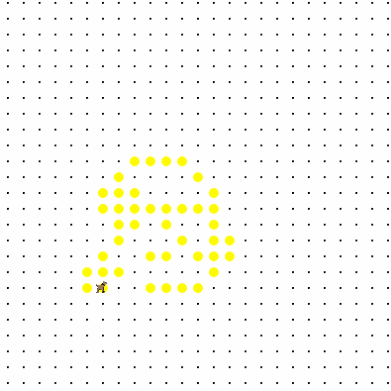
This automaton only has two rules:
- If Karel is on a square with a tennis ball, take the ball, turn left, then move.
- Otherwise, put a ball down, turn right, then move.
These two rules can be programmed using a single if/else statement. From these two simple rules, complex patterns emerge, and by constructing boolean logic gates*, it’s actually possible to program a computer (such as a calculator) using only Karel and tennis balls.
Conway’s Game of Life is another classic cellular automaton, created here in CodeHS. The Game of Life is pretty simple — it’s a grid of cells, each of which can either be alive (black) or dead (white). Over time, each cell can come to life or die off based on the 8 cells surrounding it.
A large for loop iterates over each of the cells in the grid, then iterates over each of the cell’s 8 neighbors. An if/else statement determines whether a cell should die, come to life, or stay the same:
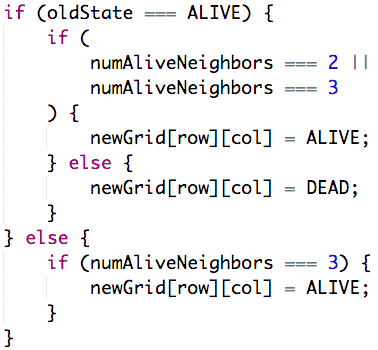
These simple rules create interesting patterns. Here’s an animation of one of those patterns, the “Gosper glider gun,” which generates “gliders” resembling spaceships:
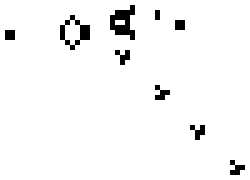
Agent-based models can be used in a number of other applications: procedurally-generated dungeons for video games, predicting biological interactions like the predator-prey model, and understanding the way humans interact with one another, from public transportation to the stock market to pandemics like COVID-19.
What agent-based models can you create on CodeHS? Possibly the traffic pattern in a city or the movement bees make to build a honeycomb?
The possibilities are endless, share your agent-based models by sending it to our team at hello@codehs.com!
*Langtons Ant: “Langton’s ant can also be described as a cellular automaton, where the grid is colored black or white and the ‘ant’ square has one of eight different colors assigned to encode the combination of black/white state and the current direction of motion of the ant.”
*Binary Logic Gate: “…a logical operation performed on one or more binary inputs that produces a single binary output.”


